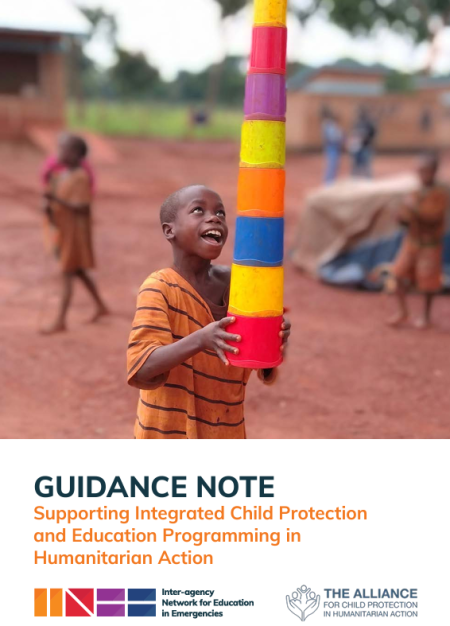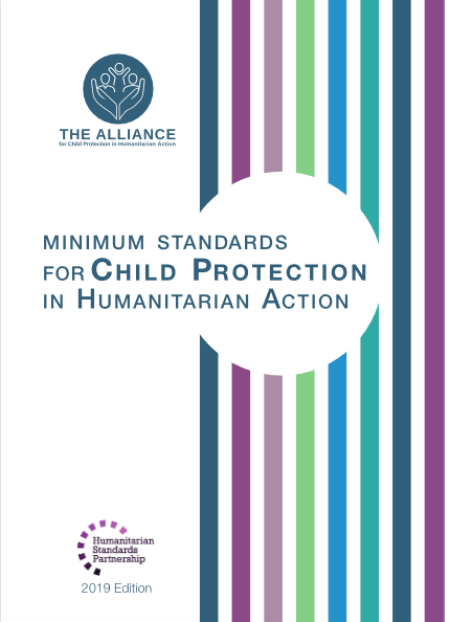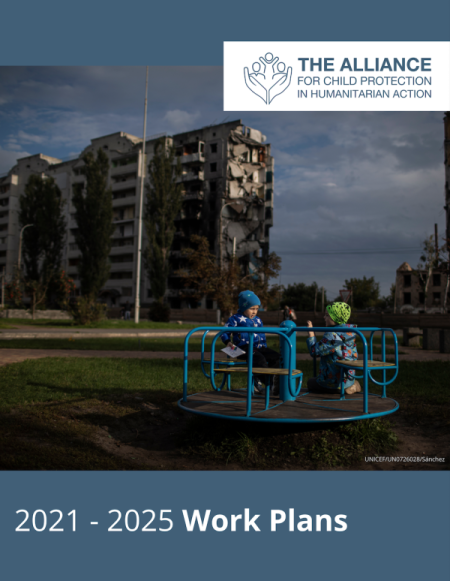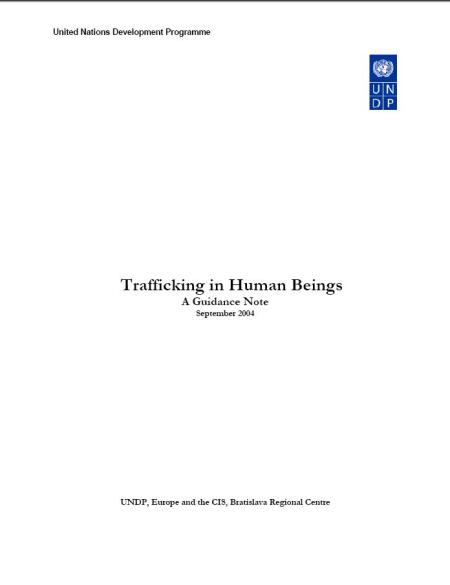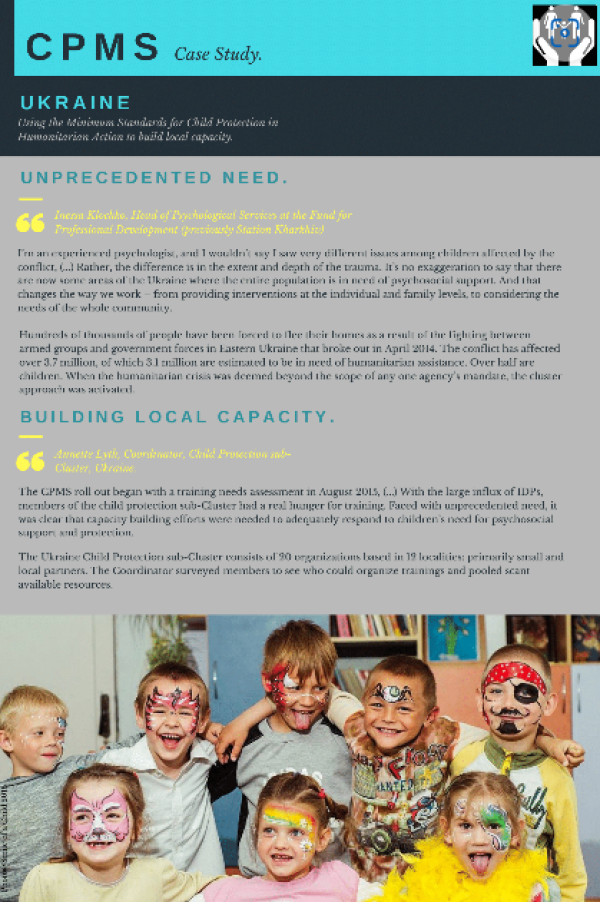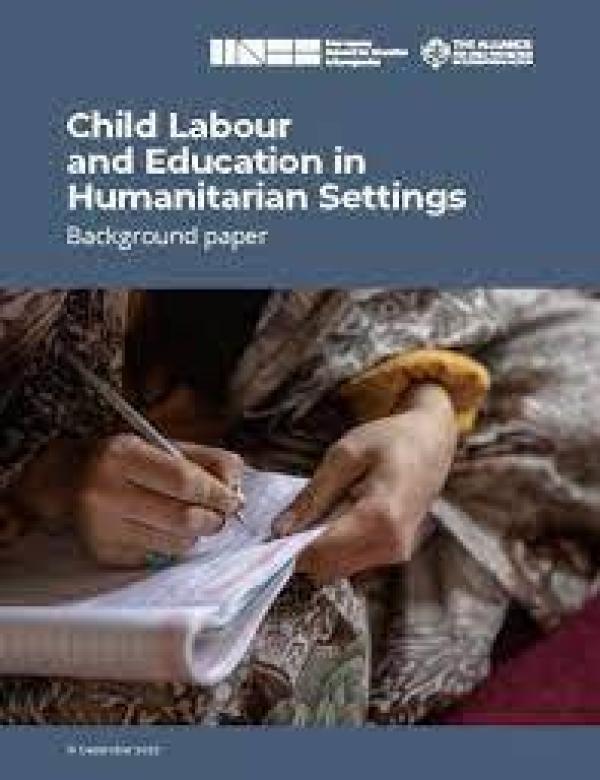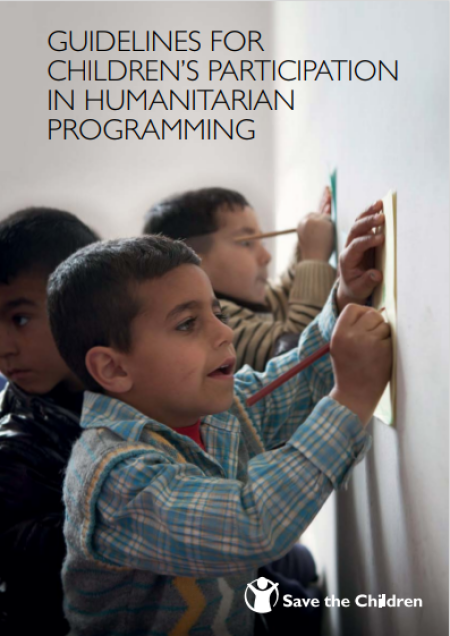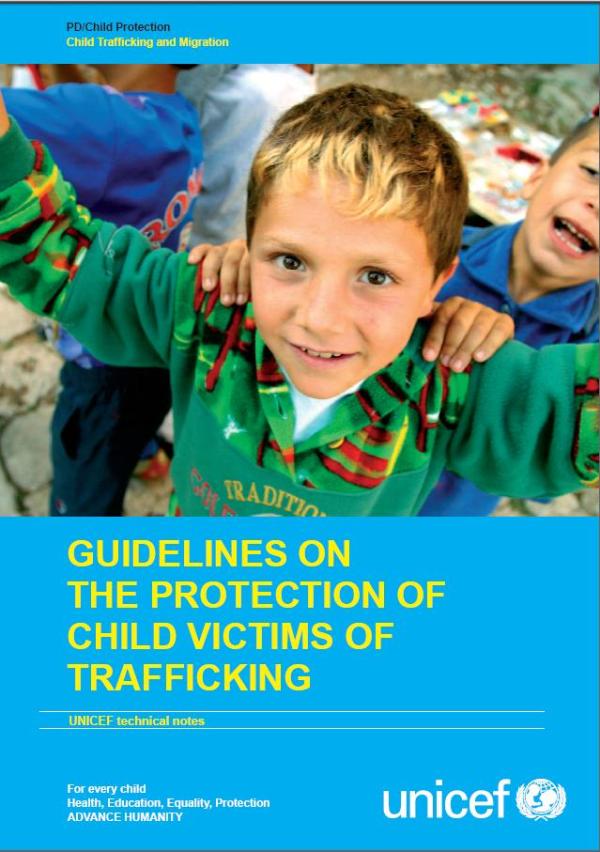
This guidance aims to support the Child Protection and Education practitioners who respond to the needs of children in humanitarian crises. This includes relevant government line ministries, national civil society organizations, community and faith-based organizations (C/FBOs), (I)NGOs, UN agencies, other implementing organizations, and donors.
The Guidance Note is organized by programmatic areas. Programmatic areas3 align with the domains and standards from both the Alliance’s Child Protection Minimum Standards (CPMS) and INEE’s Minimum Standards for Education (INEE MS). INEE MS Domain 2: Access and Learning Environment; Standard 2: Protection and well-being and CPMS Pillar 4 Standard 23 Education and Child Protection are the most commonly referenced.
Each section includes:
1. Overview: A shared vision for integrated child protection and education programming in humanitarian responses.
2. Guiding Questions: Initial questions to initiate discussions between the two sectors. Questions are organized against the Socio-Ecological Model. Your discussions are guided by the specific circumstances of your context.
3. Indicators: Sample list of indicators to determine impact, outcome, or outcome. These may contribute to the development of robust Monitoring, Evaluation, Analysis, and Learning (MEAL) plans. The list draws from CPMS indicators, INEE MS indicators, and other relevant programmatic resources and is organized against the Socio-Ecological Model. All sources are listed in the table below. MEAL plans must fit the specific objectives and context of each intervention. Many national line ministries and authorities have standard indicators which should be referenced when possible.
4. Resources: Key resources that support integrated programs selected through a consultative process with sector practitioners. Adaptation or contextualization of resources to the realities of communities, systems, and structures impacted by crisis is essential. Additional resources should be selected through a consultative process. 5. Examples: Spotlight examples of integrated programming in practice. Please email child-protection@inee.org to share additional examples.


